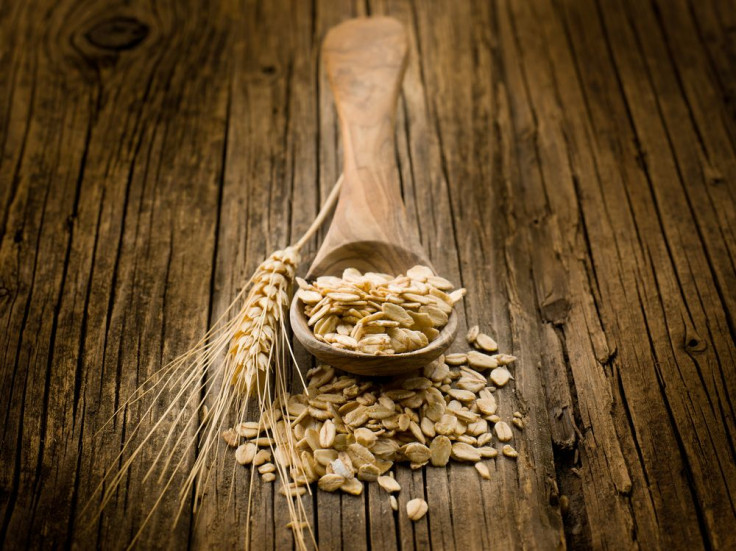Americans Need More Whole Grains, Fiber: Only 8% Of Adults Are Getting Recommended Servings

Time and time again we’ve been told that whole grains and fiber are good for our health, yet many Americans aren’t getting enough, according to a new study.
When it comes to grains, there are whole grains and then there are refined grains. Whole grains comprise the entire grain kernel, including the bran, germ, and endosperm, whereas refined grains only contain the endosperm. The difference is huge, as the process that refined grains go through removes dietary fiber — the healthy part — iron, and many B vitamins, according to the U.S. Department of Agriculture (USDA). Whole grains usually come in the form of whole-wheat breads, brown rice, oatmeal, popcorn, and quinoa.
Eating whole grains, which contain dietary fiber, makes us full faster, speeds up metabolism — helping prevent constipation — and helps control one’s weight, according to the National Institutes of Health. Whole grains have been tied to a whole range of health benefits. A study from last month found that a high-fiber diet can help prevent asthma and allergies. Another one from December found that eating foods high in dietary fiber could lower the risk of cardiovascular disease —adding fiber to one’s diet every day “may turn out to be the most important nutrition recommendation of them all,” Dr. Robert Baron, a professor of medicine at the University of California, said.
The current study, which was funded by the cereal company General Mills, looked at data from the National Health and Nutrition Examination Survey. It found that 39 percent of people ages 18 and under, and 42 percent of adults ate not even one serving of whole grains. Meanwhile, only three percent of kids and eight percent of adults ate the recommended three, one-ounce servings or more of whole grains each day. “Most people do not consume whole grains in amounts that can be most beneficial,” Marla Reicks, study leader from the University of Minnesota, St. Paul, told Reuters. “Also, many people, even health professionals, are confused about the relationship between whole grain and fiber.”
The USDA recommends that children and adults get a total of five to eight servings of grains each day, with half of them being whole grains. A serving, called an ounce-equivalent, can include anything from one slice of bread to a half-cup of rice, pasta, or cereal. In terms of fiber intake, the Institute of Medicine recommends 38 grams and 25 grams for men and women ages 50 and younger, respectively. Men and women over 50 should get 30 grams and 21 grams, respectively, according to Mayo Clinic. The USDA advises that consumers read nutrition labels to find fiber content in foods. Consumers should also be wary of food labels saying “multi-grain,” “100% wheat,” “seven-grain,” or “bran,” because the USDA says that these might not actually be whole-grains.
Source: Reicks M, Albertson A, Joshi N, et al. Total dietary fiber intakes in the U.S. population are related to whole grain consumption: Results from the National Health and Nutrition Examination Survey (NHANES) 2009–10. Nutrition Research. 2014.
Published by Medicaldaily.com



























